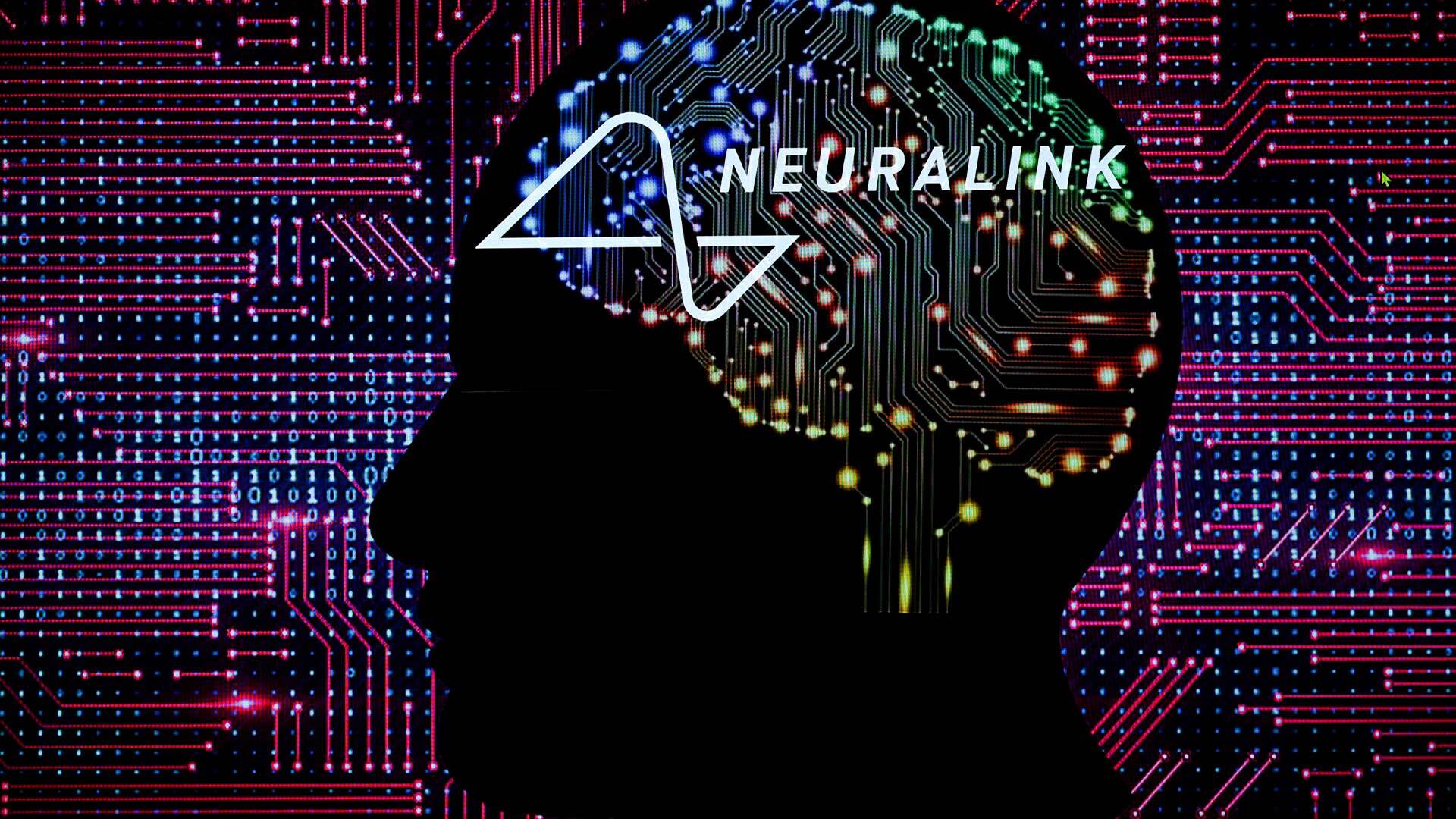
FDA clears Neuralink chip for 2nd human trial, company says wire issue fixed
Media Landscape
See who else is reporting on this story and which side of the political spectrum they lean. To read other sources, click on the plus signs below.
Learn more about this dataLeft 40%
Center 44%
Right 16%
[KARAH RUCKER]
LAST WEEK STRAIGHT ARROW NEWS REPORTED NEURALINK KNEW OF POTENTIAL ISSUES WITH THE WIRE THREADS IN ITS BRAIN CHIP IMPLANT AFTER SEVERAL WIRES DETACHED FROM THE BRAIN OF THE COMPANY’S FIRST HUMAN PATIENT.
THE DEVICE ALLOWS USERS TO CONTROL DIGITAL INTERFACES USING ONLY THEIR BRAIN SIGNALS.
NOW, AFTER ELON MUSK’S MADE SIGNIFICANT DESIGN MODIFICATIONS TO THE IMPLANT TO FIX THE DETACHMENT PROBLEM, THE FOOD AND DRUG ADMINISTRATION HAS GIVEN THE THUMBS UP FOR A SECOND HUMAN TRIAL FOR THE BRAIN CHIP TECHNOLOGY.
AN ESTIMATED 180-THOUSAND AMERICANS LIVE WITH QUADRIPLEGIA, AND EVERY YEAR ABOUT 18,000 MORE INDIVIDUALS SUFFER LIFE-ALTERING SPINAL CORD INJURIES. MUSK’S NEURALINK HAS DEVELOPED AN INNOVATIVE BRAIN CHIP IMPLANT THAT PROMISES TO ENHANCE THE QUALITY OF LIFE FOR THESE INDIVIDUALS.
NEURALINK HAS MADE ADJUSTMENTS TO ITS EARLIER VERSION BY EMBEDDING THE CHIP’S ULTRA-THIN WIRES DEEPER INTO THE BRAIN’S MOTOR CORTEX TO ENHANCE STABILITY AND FUNCTIONALITY. THESE CHANGES ADDRESS THE ISSUES FACED BY NOLAND ARBAUGH, THE FIRST RECIPIENT, WHOSE IMPLANT’S WIRES DISLODGED AND LED TO A LOSS OF FUNCTIONALITY.
NEURALINK REPORTED STABILIZING THE REMAINING THREADS AND UPDATED THE SOFTWARE TO RESTORE AND EVEN IMPROVE THE CHIP’S CAPABILITIES.
THE NEURALINK DEVICE ENABLES ARBAUGH TO CONTROL HIS LAPTOP, BROWSE THE INTERNET, AND PLAY GAMES — ACTIVITIES PREVIOUSLY LIMITED DUE TO HIS QUADRIPLEGIC CONDITION.
ACCORDING TO A NEURALINK BLOG POST, ARBAUGH PARTICIPATES IN RESEARCH SESSIONS FOR UP TO EIGHT HOURS PER DAY. ON WEEKENDS, HIS PERSONAL USE AND RECREATIONAL ACTIVITIES WITH THE DEVICE CAN EXCEED TEN HOURS PER DAY. RECENTLY, HE USED THE DEVICE FOR A TOTAL OF 69 HOURS IN ONE WEEK, INCLUDING 35 HOURS OF STRUCTURED SESSIONS AND AN ADDITIONAL 34 HOURS OF PERSONAL USE. HE CONTINUES TO BE AMAZED BY THE TECHNOLOGY.
[NOLAN ARBAUGH]
“The games I can play now are leaps and bounds better than previous ones. I’m beating my friends in games that as a quadriplegic I should not be beating them in.”
[KARAH RUCKER]
THE COMPANY SAYS ONGOING ADJUSTMENTS AND USER FEEDBACK ARE CRUCIAL AS THE COMPANY PREPARES TO INCLUDE 10 IMPLANTS IN THIS YEAR’S STUDY. OVER 1,000 QUADRIPLEGICS HAVE ALREADY REGISTERED FOR NEURALINK’S TRIALS.
NEURALINK IS ACTIVELY ACCEPTING APPLICATIONS AND PLANS TO EXPAND TRIALS TO CANADA AND BRITAIN — THE COMPANY SAYS APPLICATIONS FOR THOSE COUNTRIES WILL BE OPEN IN THE COMING DAYS.
TO STAY UP TO DATE ON NEWS OF THE DAY — DOWNLOAD THE STRAIGHT ARROW NEWS APP OR VISIT US AT SAN DOT COM.
FOR STRAIGHT ARROW NEWS, I’M KARAH RUCKER.





